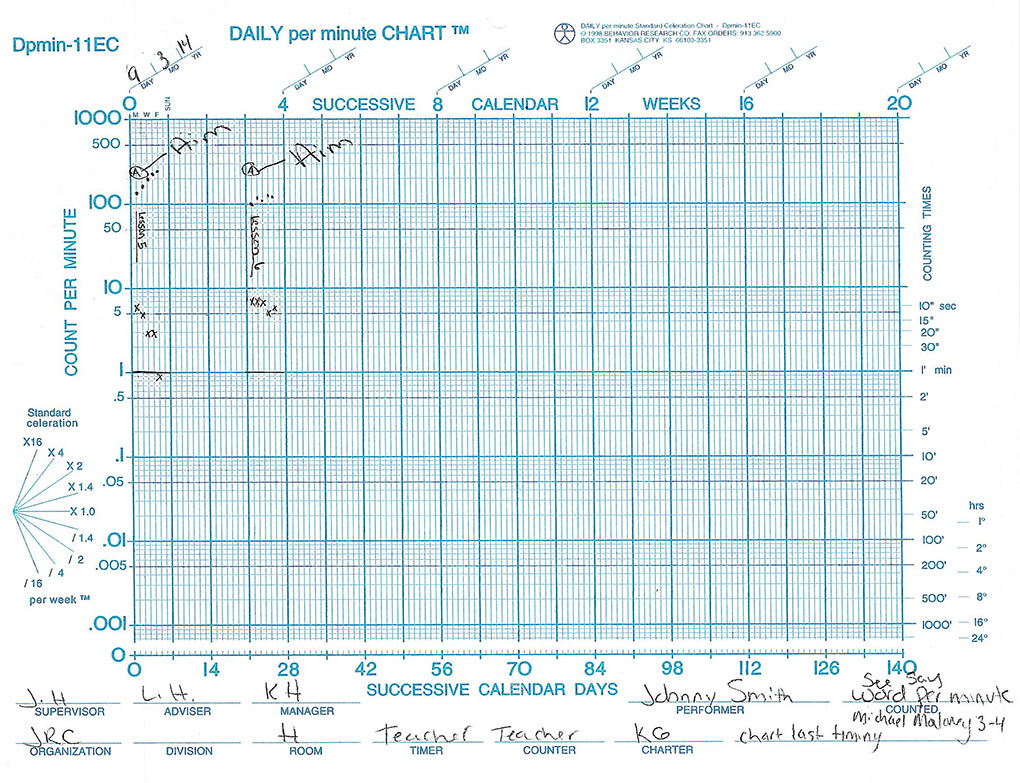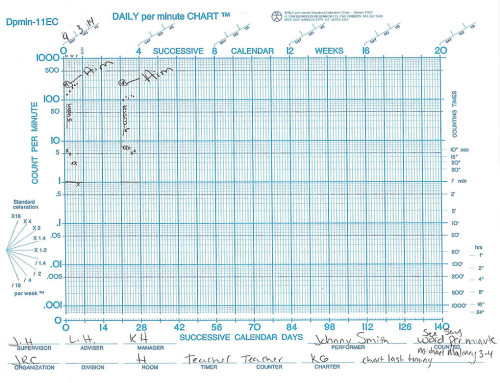I have had the pleasure of being a nurse at JRC for 2 1/2 years.
I have worked in many other places such as hospitals and in-patient mental health facilities, and I have never had such a great work experience as I have had here at JRC. Unlike other facilities where I have worked, I feel I have the opportunity to get to know our students and clients and become an active and important part of their lives.
Each day, I look forward to interacting with our students and clients and ensuring their well being in a hands-on fashion instead of just through monitoring of charts, labs, vital signs, etc.
One of the greatest things about being a nurse at JRC is that I have the opportunity to see a student or client’s health and behavior improve as they receive treatment here at JRC.

One case in particular really stands out in my mind as a testament to this. We had a student come in at 256lbs and on three different psychotropic medications. She also was on oral diabetic medications and high doses of insulin twice daily. In a year she lost 86lbs and has been able to discontinue all of her psych meds and also is off all her diabetic medications. We don’t even need to check her blood sugars anymore!
To have the opportunity to watch the transformation of a student or client who has weaned off medications, and have her personality come out, and her eyes brighten as her body heals and the effects of the medication fade, is truly special.
Due to an outstanding chef, kitchen staff, and physical education departments, we have had the opportunity here at JRC to watch numerous clients and students lose weight and no longer be insulin-dependent and/or medication-dependent diabetics. In a world that is experiencing an obesity epidemic, this is truly an amazing feat.
One of the greatest rewards is not only to see how amazing the clients and students look and feel, but also to be able to speak to the parents and guardians and hear how grateful they are for the changes they see in their children. I greatly enjoy being able to interact and communicate with the parents and guardians of our students and clients, for I feel like this enhances the experience at JRC for the parents and guardians, students and clients, and myself.
At JRC we are a full-functioning nursing department that provides care for our students and clients on a 24 hour-a-day basis. We staff both LPNs and RNs, and we provide medical services in both the school and residences. We have two consulting physicians and also have close partnerships with many local hospitals and specialty offices to ensure our students and clients receive the best healthcare.
Nursing completes medication passes, first aid, sick visits, well checks, immunizations and body checks. Nursing also provides education in hygiene, sexual education, and health promotion. We also provide education to staff as to proper care of our students and clients, Emergency Medication Administration, and medication administration program (MAP) training.
Our goal as the Nursing Department to ensure that our students and clients are receiving the best medical care through a teamwork approach with all other specialties at JRC.






